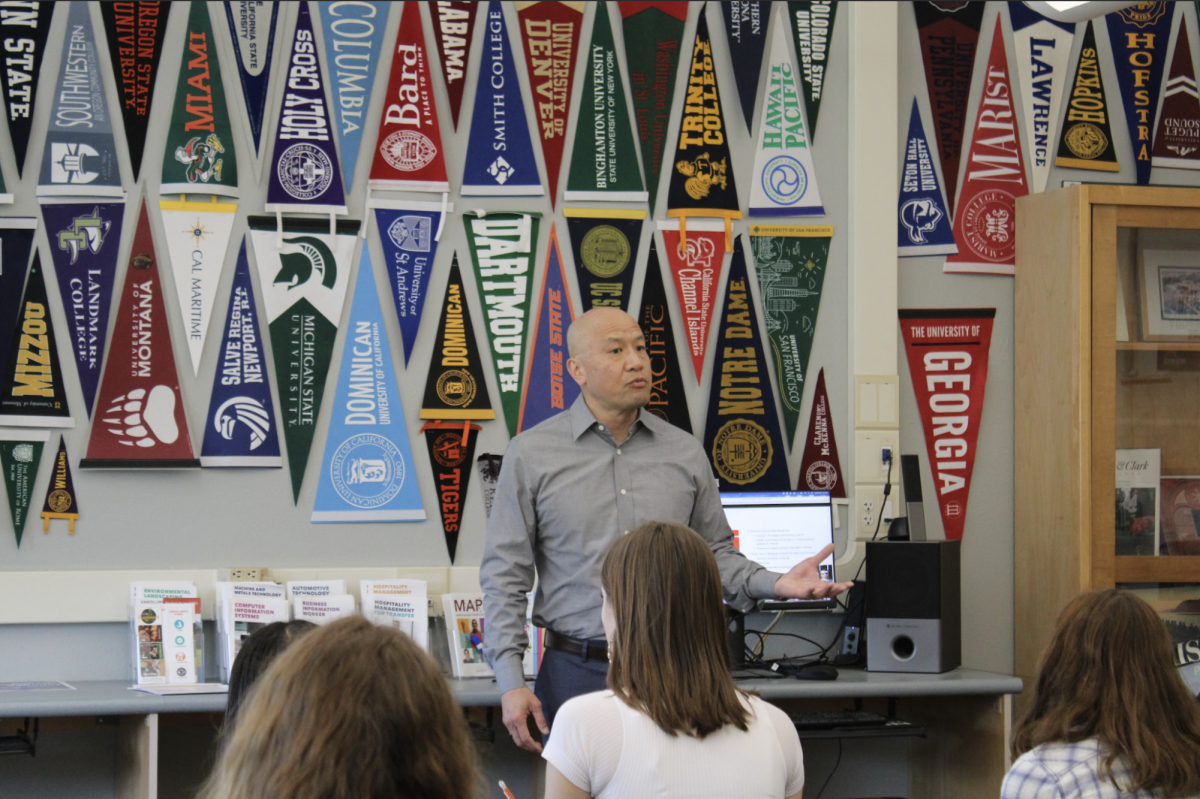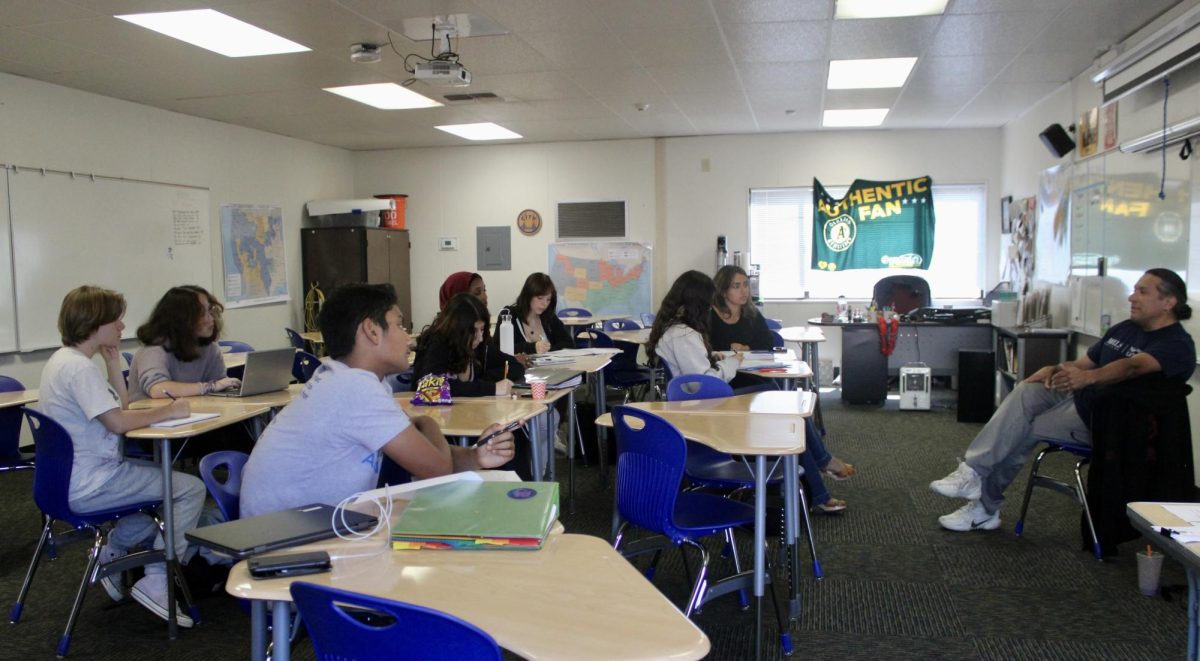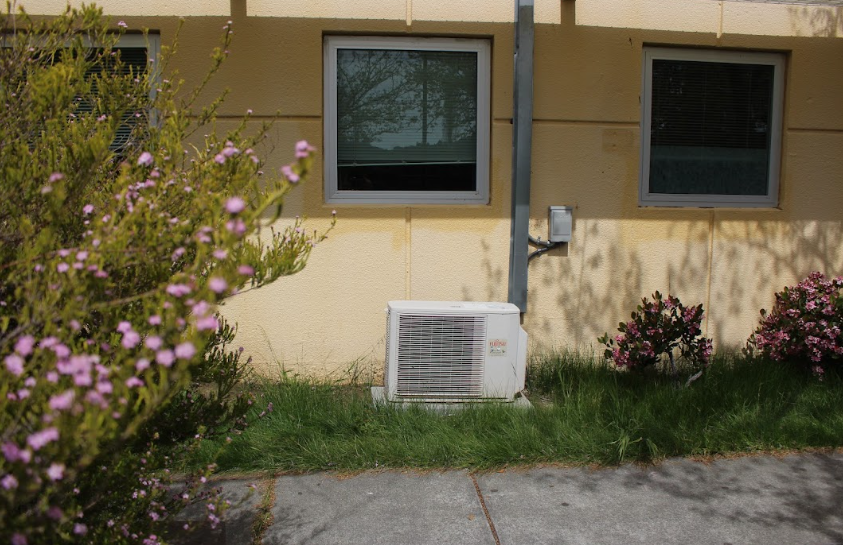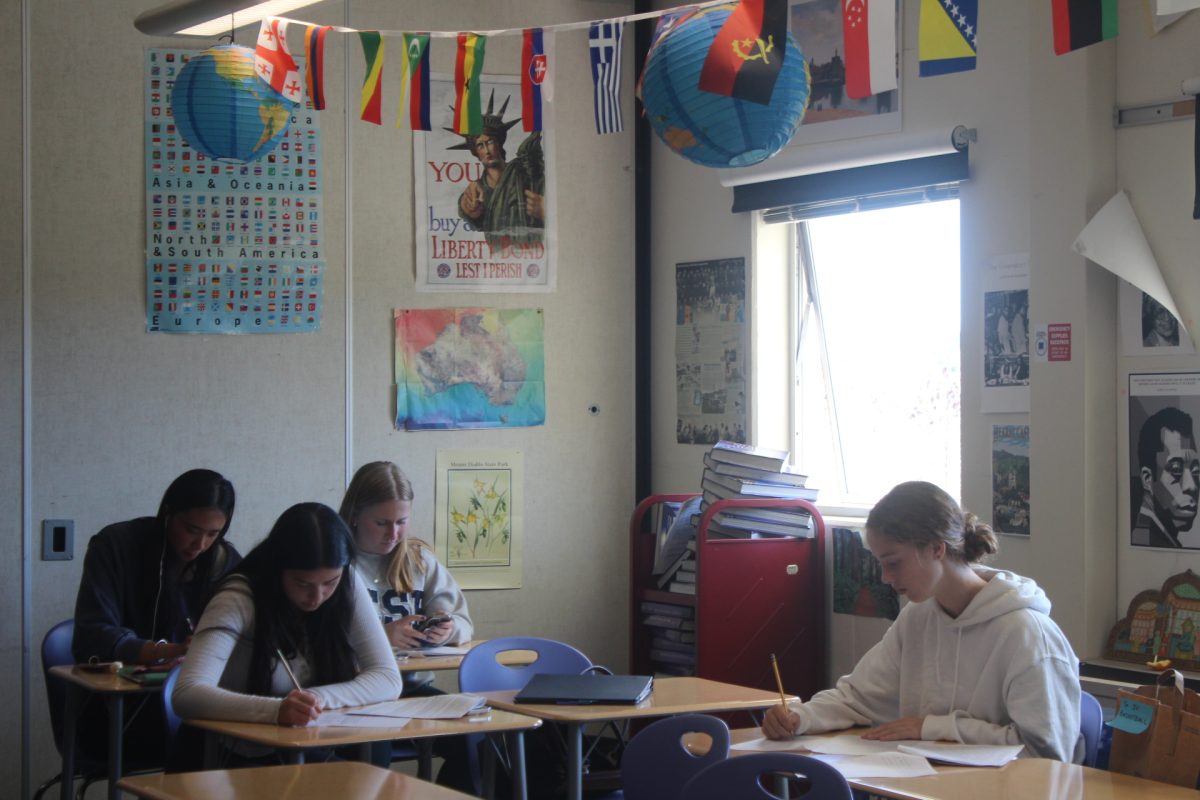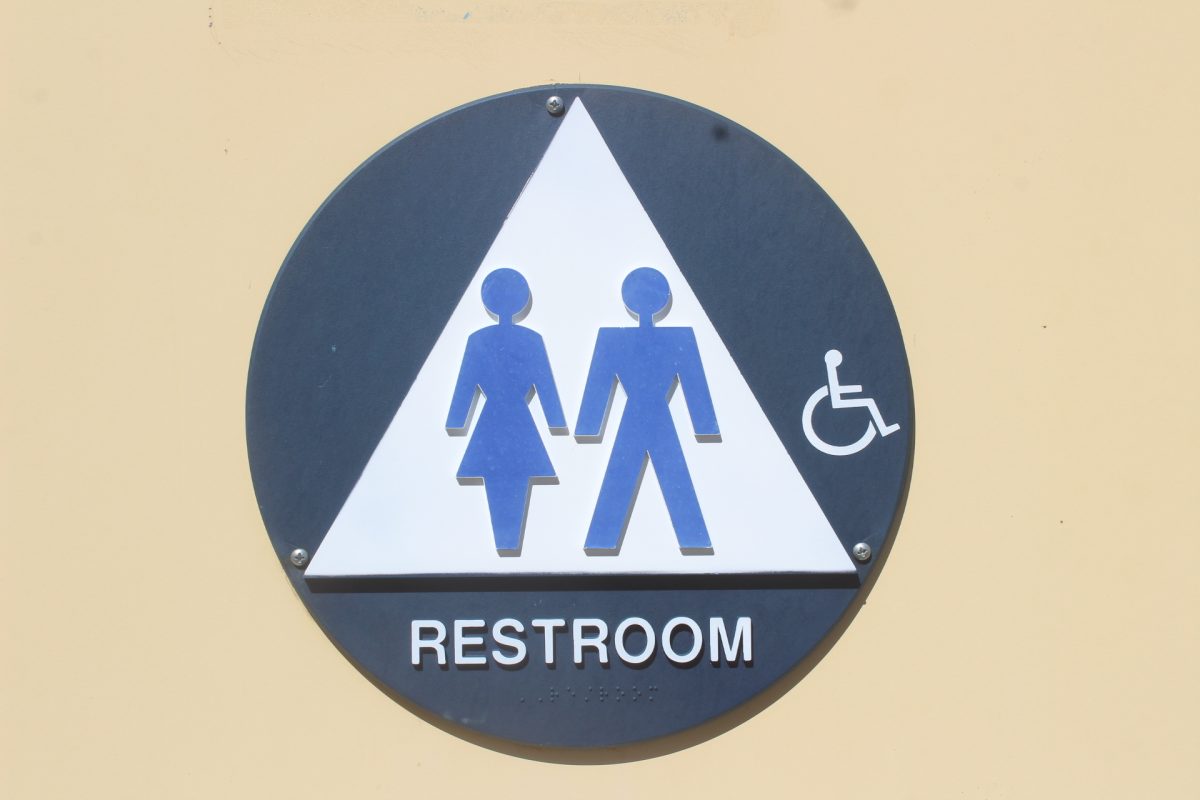A team of students attempting to qualify for a national rocket competition came close to passing their first qualifying round recently.
The nine students had two practice launches and one attempt at a qualifying launch at the NASA Ames Research Center’s Moffett Field on Feb. 16.
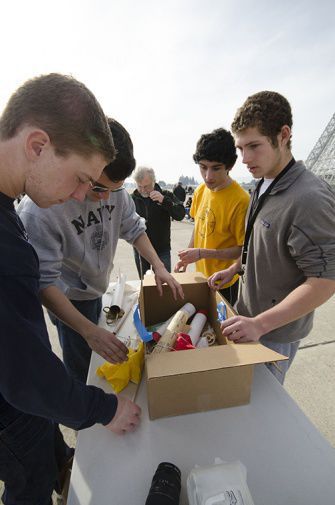
The students have been building rockets – for their Independent Science Research class or to fufill a Honors Chemistry requirement – to try to compete in the Team America Rocketry Challenge, a national challenge to encourage students to get involved in science and technology.
For the competition, the students can have as many practice launches as needed, but are only allowed three qualifying launches.
In order to move onto the next round in Virginia, where they would compete with teams from across the country, the students’ rockets must meet certain requirements in accuracy.
“They score the rocket based on how accurate it is, how close it is to 750 feet, how close it is to 45 to 50 second flight time, and that the egg inside doesn’t break,” said junior Alex Gotz. “We went to 772 feet, which is pretty close.”
This is the second year the team has tried to qualify for the competition. This year the team has been working on the rocket for the past four months, using some of the parts from last year.
“We’re going to work on refining our design, build another rocket,” said team captain Andrew Westle. “We’re going to come back out and hopefully qualify for this competition.”
According to junior Peter Mascheroni, the students have been meeting during most SMART periods to go over the tuning and building of their design.
Although the team’s launch did not qualify them for the competition, they are much closer than they were last year, according to team captain, senior Lorenzo Cico.
“The success is that it didn’t crash compared to last year, both of our parachutes deployed and the egg made it, which meets the first set of requirements,” Cico said.
The team’s mentor, Ken Biba, is a longtime rocketeer who has been guiding them through the process. Biba said that the team has learned from past mistakes and have come up with a much better design.
“Their first flight was actually perfect for a first flight: it went straight and it recovered perfectly, that’s the hardest part,” Biba said. “Now they can begin tuning their design and putting in higher power engines.”








